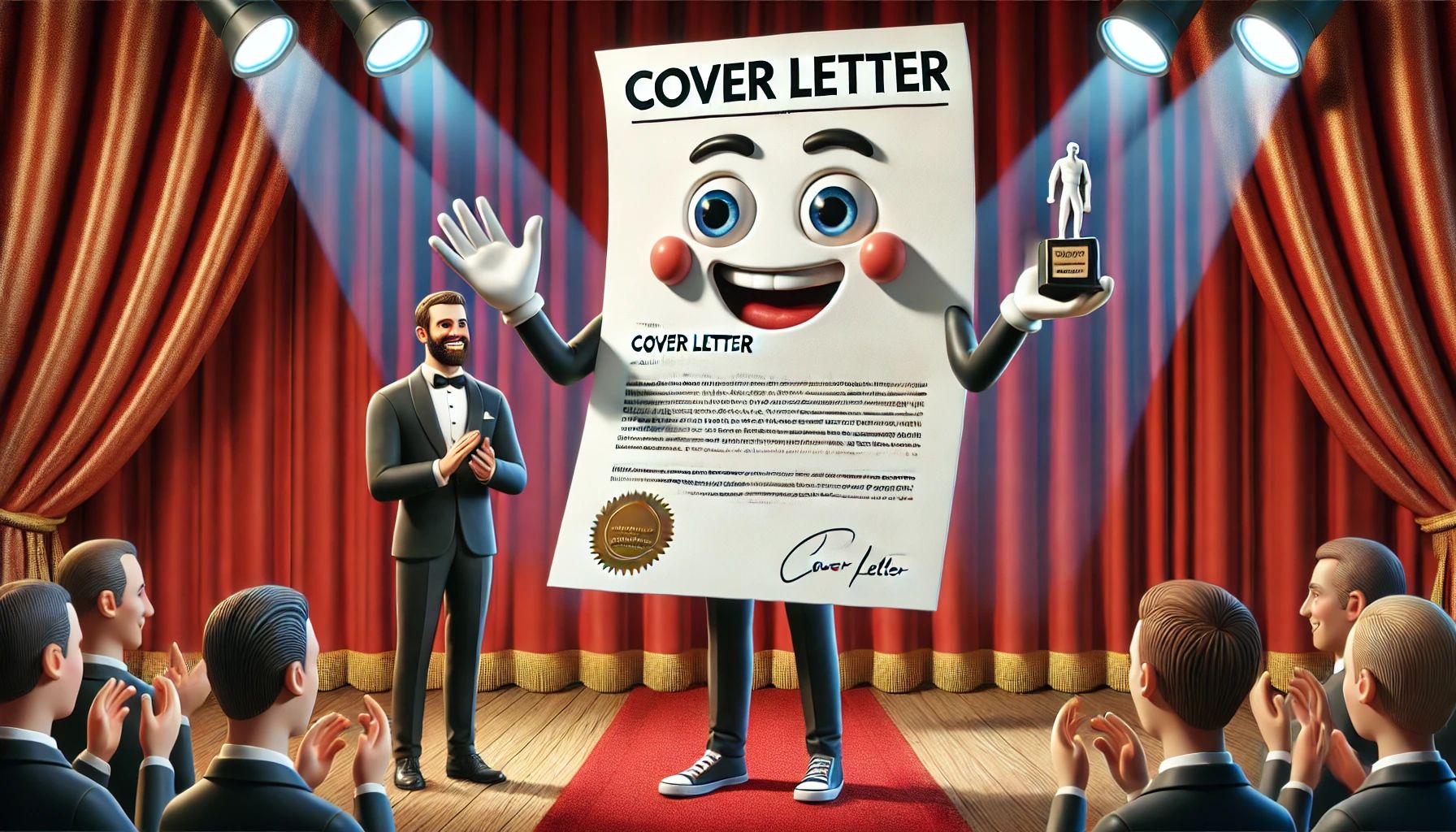 Have you ever heard the journalism idiom “Bury the Lede” (its original spelling, by the way)? It means to fail to emphasize the most important part of a story from the start. What does it have to do with your resume? Well, all too often, candidates will bury the lede when it comes to what makes them a high quality match for positions of interest. Many have simply been trained to write their resumes one way. And more often than not, that way does not work well in communicating what they really bring that benefits the hiring authority.
Have you ever heard the journalism idiom “Bury the Lede” (its original spelling, by the way)? It means to fail to emphasize the most important part of a story from the start. What does it have to do with your resume? Well, all too often, candidates will bury the lede when it comes to what makes them a high quality match for positions of interest. Many have simply been trained to write their resumes one way. And more often than not, that way does not work well in communicating what they really bring that benefits the hiring authority.
Studies show that your audience only gives your resume 7 seconds to prove its worth continuing to read it. As such, how you structure your resume plays a key role in whether or not the full impact will be delivered. We read from left to right, and from top to bottom, so you should craft your resume with that in mind.
▫ ▫ ▫
Value of the Executive Summary
Whatever you do, don’t sleep on this section of your resume. A well-crafted executive summary (or profile) can accomplish the bulk of the heavy lifting when it comes to piquing the interest of your reader. Just think about it: if a reader is pressed for time, they may only read the summary just to decide whether it is worth it to muddle through the rest of the document. Think of it like the inside cover of a book (when we used to frequent bookstores, right?). The more compelling the description, the more likely you were to want to purchase the book.
Now, remember that since the word “summary” is in the name, it should not drag on and on. Keep this section relatively brief. It is a teaser, not a full-on informer. Keep it aligned with the hard skills of interest to the hiring manager and stay away from the self-congratulatory soft skills that everyone claims to have, yet is statistically impossible for everyone to possess. Those required to read resumes hate having to constantly digest claims of being “a team player with great communication skills and attention to detail.”
(Tip: If a quality is one that everyone believes about themselves, then it is a waste of space to mention it)
Value of Core Competencies Section
Recruiters and hiring managers can easily read a couple of hundred resumes for every vacancy that is to be filled. As one can imagine, their attention span can get shorter and shorter with each one. As such, the more easy the concept is to digest, the better it is for you. This is why the core competencies section can go a long way in helping you crack that interview door. This section should be populated by small-bite concepts that are more easily digestible than full sentences.
Just as with our profile section, don’t waste too much space on soft skills that would be considered universal or easy-to-claim/hard-to-document. Focus on the requirements of the roles to which you will be applying and create the entries from there. And remember, these concepts are supposed to be short and to-the-point. Core competency entries should not be full-on sentences.
(Tip: When possible, use columnar layout. It is easier on your reader’s eyes and breaks up the monotony of the horizontal presentation necessary for the sentence structure most of the document will have)
Create a Select Highlights Section Where Possible
If you have done the work to identify a host of impressive performance metrics, special project contributions, and other accomplishments, don’t bury them all under the Professional Experience section. Why not take the most juicy morsels and tease the reader with that impact in a Select Highlights section within the overall profile? When all of this information is left underneath your employment entries, you run the risk of your reader losing interest before getting to it.
Of course, you want to balance this strategy with potentially stripping impact away from your job entries. This is why this strategy works best when you’ve created a deep bag of highlights to choose from. Not all highlights need to be metric driven. Perhaps you played a key role in launching a new department, revamping a major set of processes, saved an important relationship for the company, or opened a new market. If you left an employer’s situation better than you found it, then it’s fair game to include.
▫ ▫ ▫
Your resume is no different than a billboard you drive past at 75 mph. Make no mistake, your reader is usually zipping past each resume as if it were one. So the more effectively it is designed, the more positive attention it will receive and the more interviews you will get.













